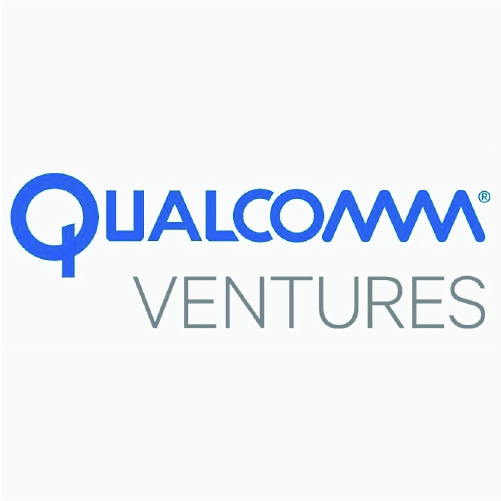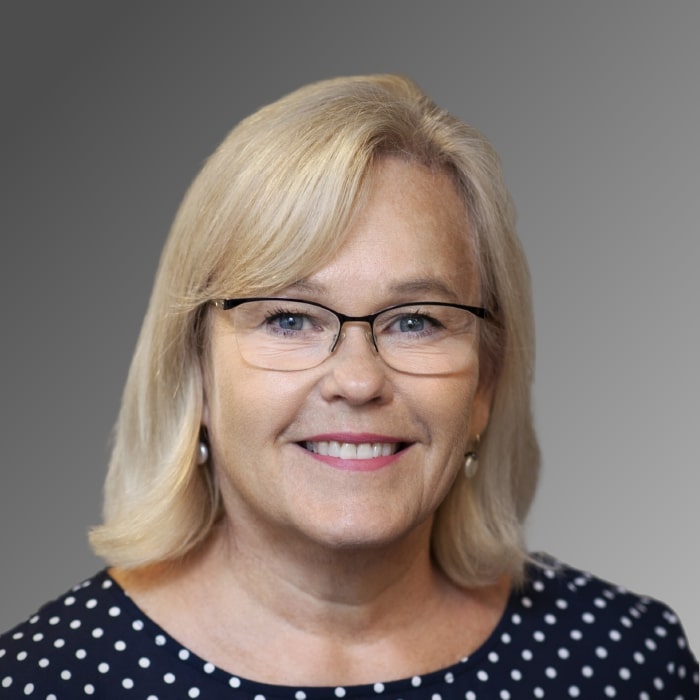Recognizing the Patterns of Investment Success
May 13, 2024
Interviewed by Nicolas Sauvage on May 3, 2021
National Grid Partners Founder and President Lisa Lambert says creating a separate business development team saves her fund time and resources and frees investment professionals to concentrate on what they do best.
“Investors can be innovators, and the business development team cashes in on all of that effort,” she told TDV Ventures’ Nicolas Sauvage on Corporate Venturing Insider.
Lisa discussed her career journey from a software developer to an investor, her experience with Corporate Business Developments and Intel Capital, and her current position at National Grid Partners. She believes that a combination of a technical and business background is most helpful for venture capitalists to understand the products, market opportunities, and leadership team dynamics that create inviting startup investments.
Intel-ligent Design of a Tech Career
Well before the dot-com boom Lisa knew she was destined for a career in the technology field. After college, she worked as a front-office and back-office software developer in an industrial setting.
“Knowing that to get on the big stage and really do technology in a big way, I would need more of a business background,” she said. “I talked my company into letting me do a rotation where I worked in sales, marketing, product, and strategy before getting my MBA at Harvard Business School and then making my way ultimately out here to Silicon Valley. This is in the late ’90s. The tech bull market was raging, and the timing couldn’t have been more perfect.”
She latched on with Intel, then an up-and-coming semiconductor company, aiming to augment her software skills with an introduction to computer hardware. What she intended as a pitstop on her career highway, however, became a 19-year tenure when Lisa “stumbled upon” the precursor to Intel Capital, which at the time was the largest venture capital organization in the world.
“We did more transactions by far than any other investor,” Lisa said. “Over the course of my 16 ½ years there, I did multiple investments on every continent. I ended my career running the software and services investment practice with 80-plus companies in our portfolio. And we had some amazing investments…that produced very good cash multiples and a strong internal rate of return. It was just a hot space. Software still is the keystone for venture capital.”
Since seemingly all CVC roads run through the software industry, Lisa believes her history as an applications developer served her well at Intel and continues to pay off in her role at National Grid Partners. Unlike investment banking and other activities in the financial sector, venture capital is not transactional, she explained.
“It really is about…having confidence that there’s a window of opportunity to solve a real problem to have success,” Lisa said. “It’s far less about financial management and much more about technology. So, not understanding the product piece and not understanding the technology seems like a major disadvantage. Background as a developer gave me the foundation to relate, communicate, and be credible with technical founders.”
Paying It Forward
Lisa said Intel’s size exposed her to many potential investments, accelerating her learning curve and honing her ability to recognize patterns strong startups share. Seeing different outcomes and how management teams, strategies, and products contribute to them is essential for effective deal-making.
Lisa advised anyone interested in moving up in CVC to develop their pattern-matching skills and to take note of the economic cycles that bear on investment opportunities. At Intel, “we got to see ups and downs as the bubble burst on the dot-com era,” she said. “Investing through downturns and peaks is probably the best discipline any investor can have because you really do learn what makes for good investments.”
Investors can develop this skill and leverage it with their technical and financial acumen to identify products that will generate market demand, business models, and use cases that will spell success. With this experience comes the ability to find the management and strategic gaps the mothership can fill to scale the startup, build connections, and begin paying operational and financial dividends.
Lisa noted that every investor makes mistakes; the good ones learn from them.
Her other major piece of advice for aspiring corporate investors is to not fall in love with the companies they are investigating.
“Early in your career, you spend so much time on evaluation, and it’s easy to lose objectivity about a deal,” she explained. “You can’t become married to a deal or an idea just because you’ve invested so much time and energy in it.”
That tendency wanes as you perform due diligence on more and more potential investment partners. Young investors will learn to heed the niggling questions that arise during the background checks, market analyses, and product evaluations.
“You have to always look at any company in relation to a world of possible investments that you could pursue,” Lisa said. “If you’re incentivized to do more deals, then you’re probably going to make some of those mistakes and not pay as much attention, especially when you’re brand new to the process. Early in your career, it’s difficult not to go with the flow. It’s difficult to stand up and say, no, I’m going to acknowledge the reality of this opportunity and not try to sugarcoat it in my own mind.”
Mobilizing Best Practices
One of the first things Lisa did at National Grid Partners was to instruct her team to formalize an investment strategy to guide the fund’s mission and milestones. The strategic plan includes a complete scan of the market landscape within a particular sector.
“So, if you’re looking to invest in solar technologies, you’ll want to know why we would invest, what the strategic benefits are, what business models are used, and who the major players are,” Lisa noted. “We want to get to know each of the companies (in the sector) to make sure that the company we’re selecting is truly the best of breed. It takes a lot more time, but I find that the decisions are better. You can be more objective because you’ve looked at the entire solution stack and…make a judgment based upon an equal set of data.”
She referenced a study Intel conducted during her time there that found the primary reasons startups fail are a lack of execution and poor team dynamics.
“People overestimate market size and market opportunity,” Lisa said. “They overestimate the product. You can have the best product in the world, but if you don’t have a team that can execute and deliver on the promise of value, then you have nothing.”
Too often, venture capital investors give this variable short shrift, she said. They become enamored with the technology.
“Is the technology differentiated? Is that advantage sustainable? Is the market big enough to accommodate growing to a size sufficient to make a good return? Those are typically the first two or three things that you look at, but in the end, it’s all about the dynamics of the team, the capability of the team, gaps in the team, and your ability to recruit the team as you scale.”
She said the executive team’s experience goes a long way in determining the chances of success. but it’s not as big a factor as the broader team’s ability to create a culture and cohesiveness that keeps the startup on point, with a firm grasp of its vision while maintaining the agility to pivot when necessary.
She holds National Grid Partners’ investment team to similar high standards. Investors who bring meaningful experience are less likely to fall into the trap of becoming enamored of the technology at the expense of vetting the execution.
“My criteria for hiring investment professionals were that they’d have a minimum of 10 years as professional investors with a minimum of a 20% IRR, a 3x cash-on-cash track record,” Lisa said. “When you’re dealing with those numbers, then they’ve learned about team; they’ve learned about product; they’ve learned about execution; they’ve learned about the entire landscape.”
She said it’s a mistake to hire people from within the mothership to become investors simply because they are experts in product, operations, or business development.
“This is a trade that requires pattern recognition, which is enabled by experience and managing lots and lots of opportunities,” she insisted. “To assume that because somebody is an expert in an area that you are specializing in, your investment approach is going to be successful is just a big fallacy.”

 Prioritize hiring seasoned experts with over a decade of proven investing experience, rather than training inexperienced individuals from the product side of the corporate parent.
Prioritize hiring seasoned experts with over a decade of proven investing experience, rather than training inexperienced individuals from the product side of the corporate parent. 



















